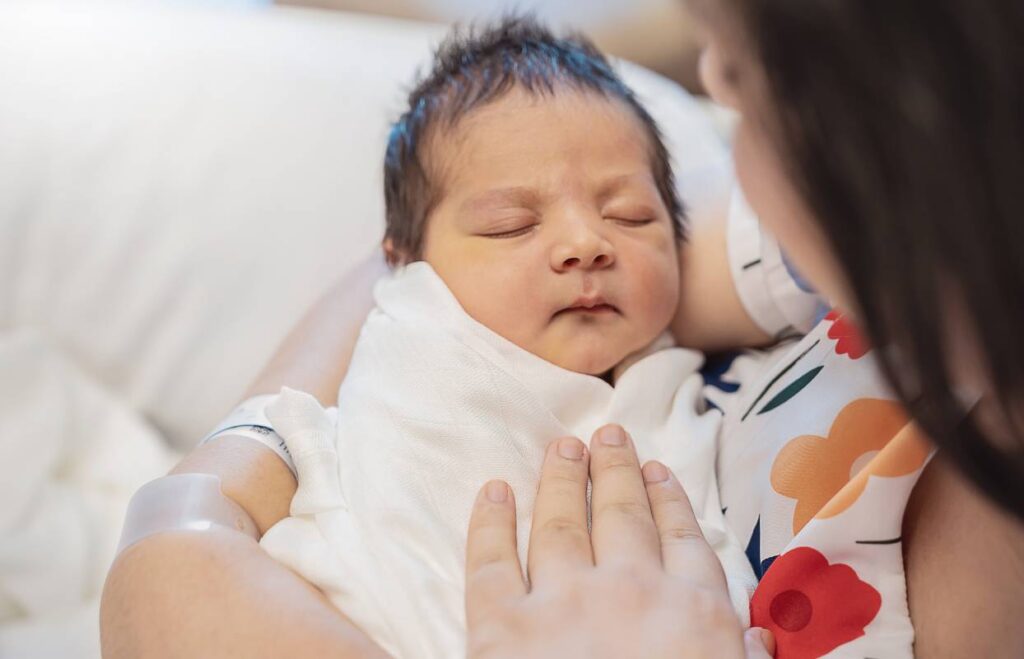Medical training to become a physician is a lengthy and time-consuming process. After graduating college, medical school applicants often take 1-2 gap years to strengthen their application. After attending a four-year medical school program, trainees must complete residency in their desired specialty, which can range from 3-7 years of more training. After residency, trainees can choose to subspecialize by doing a fellowship ranging from 1-3 years. In total, by the time trainees become independently practicing doctors they are usually at least in their early 30s. Especially for female trainees and physicians, this extended training can cause a delay in life events like having children. Difficulties include time and financial constraints. Medical school and residency hours can often be upwards of 80 hours a week, making adding a child to the mix seem impossible. Additionally, most trainees take out loans to attend medical school that typically are still not paid off during residency, making a child hard to budget in. In addition to logistical difficulties of raising a child, there is also a concern for the viability of pregnancy for trainees.
Studies suggest physicians experience higher rates of infertility than the general population, with the cause thought to be multifactorial. One study found that female Emergency Medicine physicians had a 25% rate of infertility compared to 12% in the general population.1 Potential causes include longer working hours, frequent night shifts causing sleep irregularity, and chronic stress. Additionally, female fertility naturally declines through life due to decreased oocyte quality and quantity, with guidelines considering 35 to be “advanced maternal age”, which is associated with a higher risk of poor outcomes like ectopic pregnancy, placental abnormalities, increased C-sections, and pregnancy complications.2
In a recent retrospective cohort study published in JAMA, researchers compared birthing patterns of physicians versus matched non-physicians.3 Physicians were less likely to give childbirth at younger ages, with the median age of their first child at 32 years while non-physicians gave birth first at 27 years. These results are similar to a 2017 study which found the mean age of physicians at delivery was 32 years while the mean age for non-physicians was 28 years.4 Ultimately, both groups achieved a similar total probability of childbirth due to physicians birthing more children at older ages, increasing the risk of adverse reproductive and health outcomes. Birthing patterns also differed by subspecialty, with family physicians having a higher cumulative incidence of childbirth than in all other subspecialties at all ages. Subspecialist physicians had decreased rates of childbirth until they began independent practice.
Unfortunately, there is not much an individual can do to change the hours medical training requires or the financial structure of the medical training system. As these issues gain popularity, some residency programs are noticing and are beginning to offer discounted reproductive services to trainees, which may draw trainees to certain programs. With the increasing availability of reproductive technologies like egg harvesting and in vitro fertilization, child-bearing people have more choices than before in family planning. However, increased research is needed to further elucidate the reasons medical trainees and physicians decide to delay having children and what changes can be implemented to create a more supportive system.
References
- Parsons M, Kalynych C, Johns TL, Scicchitano MJ, Lott M, Fernandez R. IMPACT survey: IMpaired fecundity in Physicians and Association with Clinical Time. J Am Coll Emerg Physicians Open. 2020 Jul 9;1(5):1023-1029. doi: 10.1002/emp2.12170. PMID: 33145554; PMCID: PMC7593458.
- Attali E, Yogev Y. The impact of advanced maternal age on pregnancy outcome. Best Pract Res Clin Obstet Gynaecol. 2021 Jan;70:2-9. doi: 10.1016/j.bpobgyn.2020.06.006. Epub 2020 Jun 24. PMID: 32773291.
- Cusimano MC, Baxter NN, Sutradhar R, McArthur E, Ray JG, Garg AX, Vigod S, Simpson AN. Delay of Pregnancy Among Physicians vs Nonphysicians. JAMA Intern Med. 2021 Jul 1;181(7):905-912. doi: 10.1001/jamainternmed.2021.1635. PMID: 33938909; PMCID: PMC8094034.
- Wang YJ, Chiang SC, Chen TJ, Chou LF, Hwang SJ, Liu JY. Birth Trends among Female Physicians in Taiwan: A Nationwide Survey from 1996 to 2013. Int J Environ Res Public Health. 2017 Jul 9;14(7):746. doi: 10.3390/ijerph14070746. PMID: 28698490; PMCID: PMC5551184.

